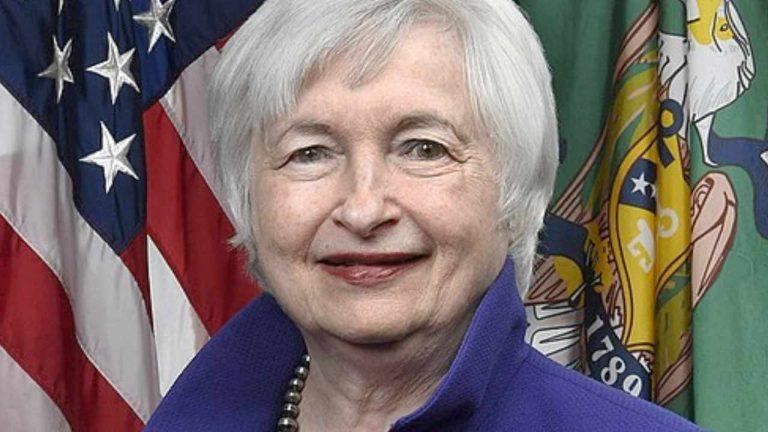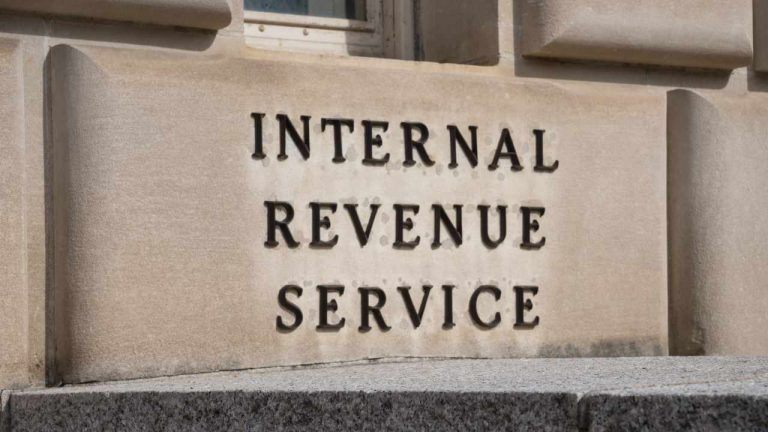 U.S. Treasury Secretary Janet Yellen has addressed concerns about Russia using cryptocurrency to evade sanctions. During her testimony before the House Financial Services Committee, Yellen acknowledged the potential threat, noting that while it may not be a significant issue now, it could become more concerning as sanctions intensify. Yellen: We Are Very Attentive to the […]
U.S. Treasury Secretary Janet Yellen has addressed concerns about Russia using cryptocurrency to evade sanctions. During her testimony before the House Financial Services Committee, Yellen acknowledged the potential threat, noting that while it may not be a significant issue now, it could become more concerning as sanctions intensify. Yellen: We Are Very Attentive to the […] Metaplanet, a Tokyo-listed public company, has disclosed it has completed bitcoin purchases amounting to 400 million yen (almost $2.5 million). The company, which vowed to use bitcoin as a strategic reserve asset to navigate the uncertainties of the Japanese economy and the devaluation of the yen, acquired 42.466 bitcoin at an aggregate price of $58,600 […]
Metaplanet, a Tokyo-listed public company, has disclosed it has completed bitcoin purchases amounting to 400 million yen (almost $2.5 million). The company, which vowed to use bitcoin as a strategic reserve asset to navigate the uncertainties of the Japanese economy and the devaluation of the yen, acquired 42.466 bitcoin at an aggregate price of $58,600 […]

The blockchain’s revenue declined over the first half of 2024, and its head ambassador has called for its token’s inflation rate to be lowered.
Polkadot’s treasury holds just under $245 million worth of assets, giving it around two years of spending left at its current rate, according to a Friday report from the blockchain.
“Polkadot’s Treasury is becoming more complex and harder to grasp,” its head ambassador Tommi Enenkel wrote in a June 28 treasury report for 2024’s first half. “Polkadot is spending directly as well as allocating value in bounties and collectives to be spent in the future.”
“At the current rate of spending, the Treasury has about 2 years of runway left, although the volatile nature of crypto-denominated treasuries makes it hard to predict with confidence,” Enenkel added. “This has sparked discussions ranging from a stricter budgeting approach to a change in the inflation parameters of the system.”
 The U.S. Department of the Treasury and the IRS have released final regulations for tax reporting on digital asset sales, as part of the Biden-Harris administration’s implementation of the Infrastructure Investment and Jobs Act. Additionally, the Treasury and the IRS revealed that they anticipate issuing further rules later this year to establish reporting requirements for […]
The U.S. Department of the Treasury and the IRS have released final regulations for tax reporting on digital asset sales, as part of the Biden-Harris administration’s implementation of the Infrastructure Investment and Jobs Act. Additionally, the Treasury and the IRS revealed that they anticipate issuing further rules later this year to establish reporting requirements for […]
The U.S. just added $215.65 billion to the national debt in a span of only 30 days. According to new data from the U.S. Treasury, the national debt rose from $34,534,845,450,747 on May 15th to $34,750,498,829,987 on June 15th. As of last month, the interest being paid on the debt already exceeded the amount spent […]
The post $215,653,379,240 Added to US National Debt in One Month As Former White House Official Warns America on Brink of Fiscal Abyss appeared first on The Daily Hodl.

Veteran macro investor Luke Gromen believes that tens of trillions of dollars will move away from the US bond market and into Bitcoin (BTC), gold and stocks. In a new Kitco NEWS interview, Gromen says that he sees liquidity being drained from the $130 trillion bond market. According to the macro guru, central banks around […]
The post $130,000,000,000,000 Capital Rotation Coming to Bitcoin, Stocks and Gold, According to Macro Guru Luke Gromen appeared first on The Daily Hodl.

New numbers show China has sold $101.9 billion in US Treasury securities over the past 12 months. The Treasury Department says China cut its holdings from $869.3 billion in March of last year to $767.4 billion in March of this year. China’s holdings have steadily dropped from an all-time high of $1.31 trillion, which was […]
The post China Dumps $101,900,000,000 in US Treasuries in 12 Months As Fed Governor Dismisses ‘Imminent Demise’ of US Dollar appeared first on The Daily Hodl.
 U.S. Congressman Gabe Amo (D-RI), along with Congressmen Brad Sherman (D-CA) and Gerald E. Connolly (D-VA), sent a letter to U.S. Treasury Secretary Janet Yellen regarding the Moscow-based cryptocurrency exchange Garantex. They expressed concerns that Garantex is reportedly facilitating sanctions evasion and funding Russia’s invasion of Ukraine. The letter cited reports indicating that $20 billion […]
U.S. Congressman Gabe Amo (D-RI), along with Congressmen Brad Sherman (D-CA) and Gerald E. Connolly (D-VA), sent a letter to U.S. Treasury Secretary Janet Yellen regarding the Moscow-based cryptocurrency exchange Garantex. They expressed concerns that Garantex is reportedly facilitating sanctions evasion and funding Russia’s invasion of Ukraine. The letter cited reports indicating that $20 billion […]
US Treasury Secretary Janet Yellen is responding to accusations that the US government and more than a dozen financial institutions have teamed up to spy on Americans’ private bank transactions. The House Judiciary Committee recently published a memo accusing the Treasury Department’s Financial Crimes Enforcement Network (FinCEN) of urging banks to surveil their customers’ transactions […]
The post US Treasury Accused of Spying on Americans’ Bank Transactions in Secret Surveillance Program As Secretary Yellen Confirms ‘Communications Took Place’ appeared first on The Daily Hodl.

Bitcoin price revisits recent lows as the BTC futures premium falls to a 5-month low. Is the bull market over?
Bitcoin (BTC) price fell sharply on April 30 following the unimpressive launch of a spot BTC exchange-traded fund (ETF) in Hong Kong. Despite expectations of $140 million in demand, the total trading volume, including Ether (ETH) ETFs, on the opening day was just $12.4 million. As a result, the premium on Bitcoin futures dropped to its lowest level in five months, signaling a possible bearish outlook.
It is important not to rush to conclusions, as other factors have also weighed on Bitcoin’s price. These include diminished investor confidence in the ability of the United States Federal Reserve (Fed) to reduce interest rates twice in 2024. Fed Chair Jerome Powell is expected to deliver his post-meeting remarks on May 1, prompting cryptocurrency traders to exercise increased caution.
The fourth straight session of net outflows from U.S.-listed spot Bitcoin ETFs has raised concerns among traders. Investors have been withdrawing funds from the Grayscale GBTC ETF due to its high fees, while the Blackrock IBIT ETF has seen little activity. Therefore, despite the lackluster performance of the Hong Kong spot ETF, the appetite for such investments in the U.S. appears to be waning.